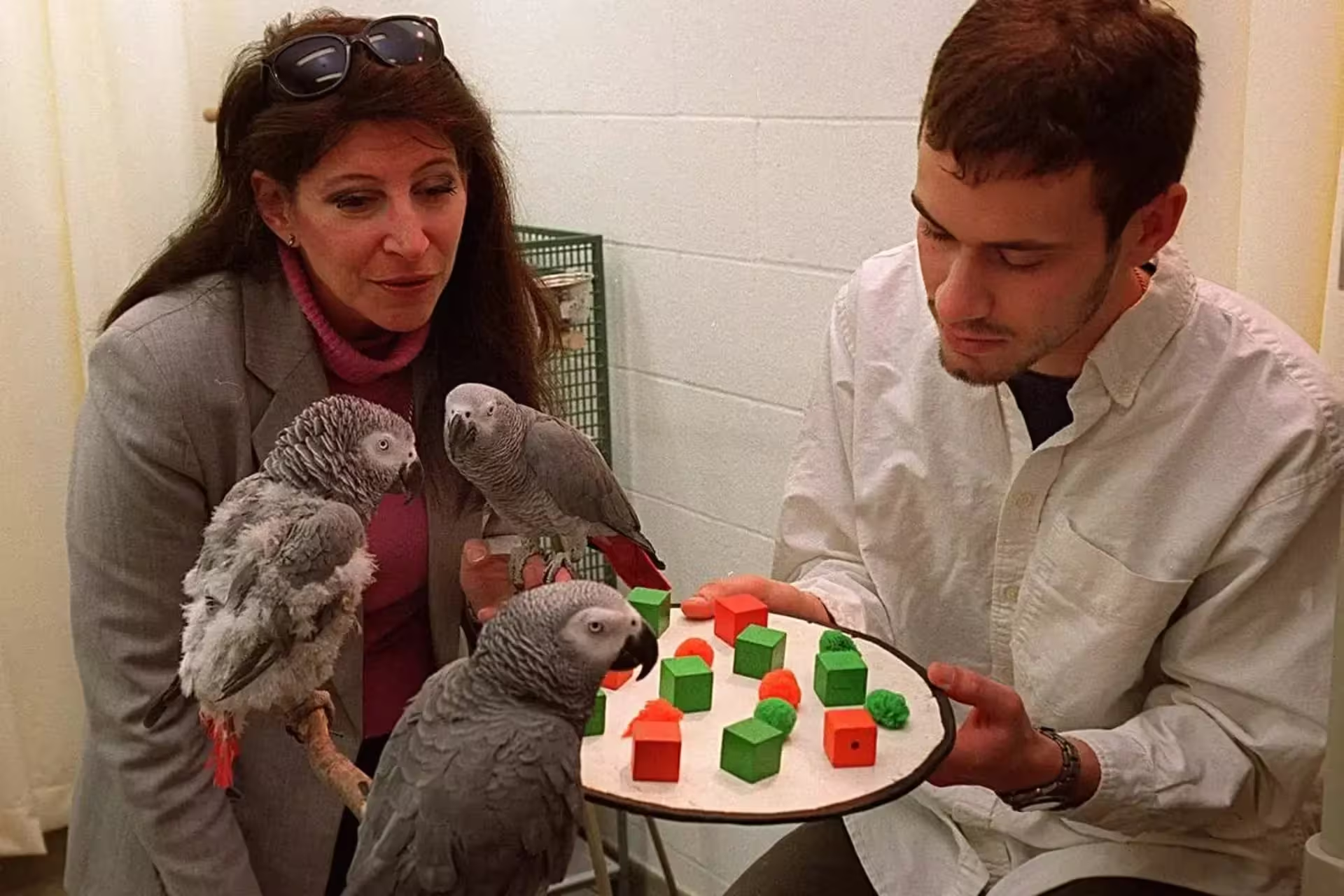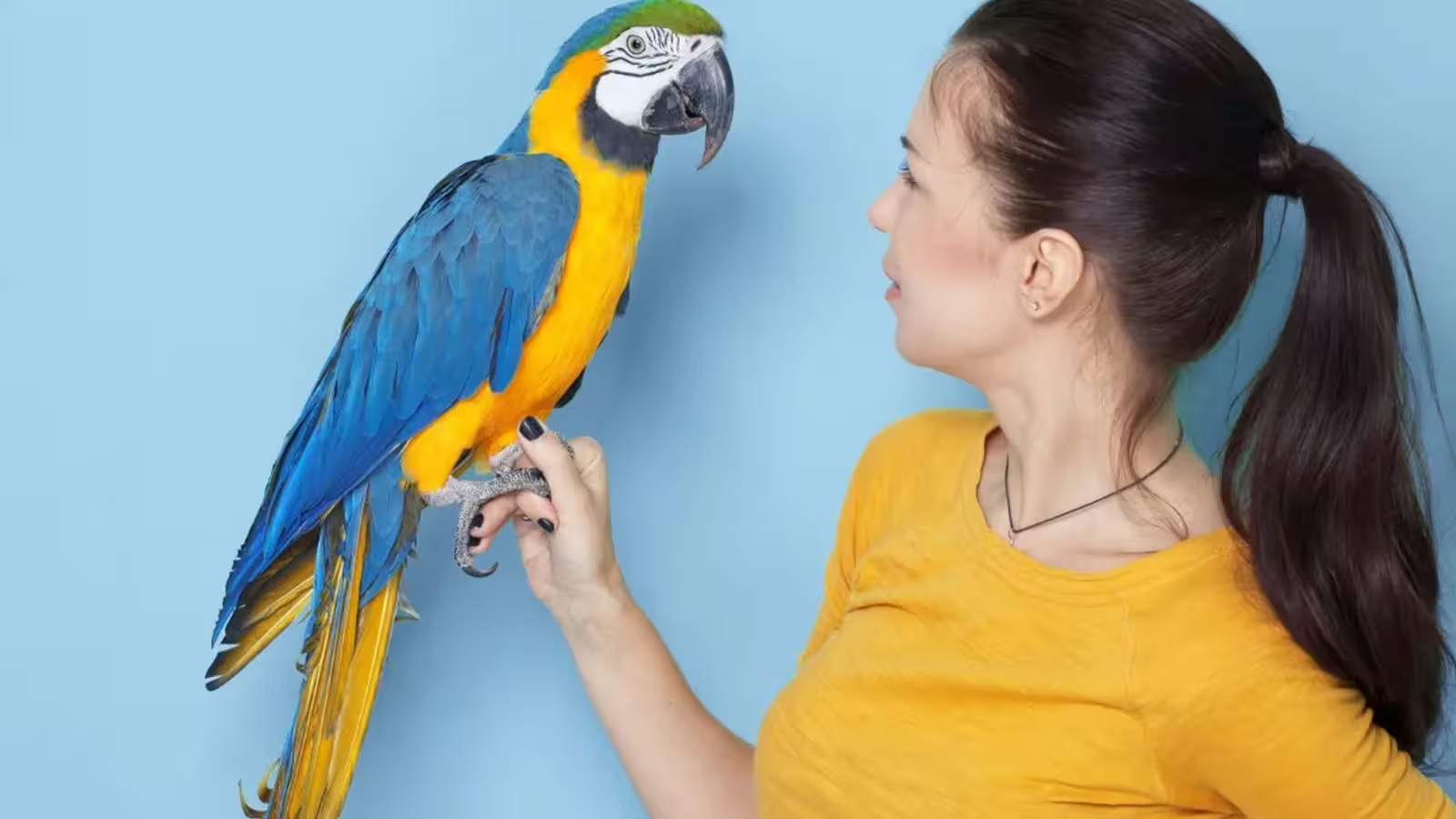6 Minutes
Introduction: Parrots at the Intersection of Animal Intelligence and Human Language
Parrots, renowned for their colorful plumage and charismatic personalities, have gained extraordinary scientific attention for another reason: their remarkable ability to mimic and produce human speech. But does this vocal talent go beyond simple imitation? Are parrots truly capable of understanding the words they say, or are they simply skillful mimics? This question has fascinated animal cognition researchers, linguists, and bird enthusiasts for decades, challenging our assumptions about the boundaries of animal intelligence and interspecies communication.
Avian Communication in the Wild: Natural Intelligence and Social Complexity
In their native habitats, parrots—belonging to the taxonomic order Psittaciformes—rely on highly complex vocal communication systems. Social and intelligent, these birds use an array of unique sounds to coordinate group behaviors, establish territories, and alert companions to potential dangers. Research has shown that many parrot species use distinctive, learned vocal signatures—akin to names—when calling to specific flock members, a phenomenon strikingly similar to aspects of human language.
The intricacy of their natural communication underpins parrots’ suitability as a model species for studying vocal learning and the roots of language. Their brains feature advanced structures such as the nidopallium caudolaterale, analogous in some respects to the mammalian prefrontal cortex, supporting their advanced cognitive abilities.
Parrots and Human Language: Beyond Simple Mimicry
When parrots live alongside humans, their environment and sources of vocal learning shift dramatically. No longer surrounded by conspecifics, these captive birds often adapt by acquiring and using words, phrases, and even songs from their human caretakers. This raises a pivotal scientific question: are parrots simply mimicking the sounds they hear, or can they associate words with their meanings in a purposeful way?

According to Dr. Irene Pepperberg, professor of psychology and brain sciences at Boston University and a leading expert on avian cognition, the answer depends greatly on the training methods and the individual bird. "Parrots who receive structured, intentional training can learn an astonishing amount of speech and demonstrate clear comprehension," explains Pepperberg, who has pioneered famous experiments on parrot intelligence.
The Landmark Experiments: Alex the African Grey Parrot
Pepperberg’s most influential research centered on Alex, an African Grey Parrot whose advanced verbal and cognitive skills captivated the scientific community. Over decades of research, Alex acquired a working vocabulary of more than 100 words, with demonstrated understanding of their referents. He could count up to six, identify colors, shapes, and materials by name, and classify and compare objects using descriptive terms like “bigger,” “smaller,” “same,” and “different.”
Critically, Alex underwent rigorous testing to confirm that his word use reflected genuine understanding—not mere rote recall or mimicry. He was consistently able to apply words to new situations, answer questions about unfamiliar objects, and correct human errors during interactions—all evidence of higher-level conceptual reasoning typically seen in young children.
Learning Words and Phrases: Object Association and Context Awareness
Word Acquisition through Association
Experiments by researchers such as Dr. Erin Colbert-White at the University of Puget Sound show that, like infants, many parrots can learn to associate specific vocalizations with tangible objects or actions. For example, a parrot taught the word "peanut" while being offered a peanut will quickly learn to use that word to request the same treat. This form of associative learning highlights the birds’ receptive vocabulary and their ability to use language-like cues in real time.
Testing True Understanding
However, determining true comprehension—rather than a learned response for a reward—requires careful experimentation. As Colbert-White notes, one way is to see if the parrot distinguishes between different items when making requests. If asked for a peanut but given a different snack, a truly understanding parrot will refuse the substitute and continue to request the original.
Limits of Abstract Language Comprehension
Parrots’ ability to understand abstract concepts is less clear. While words for concrete objects and actions are more easily learned, terms for intangible qualities like “love” or “sorry” rely more on contextual cues and social reinforcement. In many cases, parrots use these words appropriately to elicit attention or affection rather than demonstrating an understanding of the deep human meanings behind them.
Pepperberg recounts how Alex learned to say “I’m sorry” after witnessing the phrase used in tension-relieving contexts. Though his use of apologies appeared contextually correct, it likely reflected an association between the phrase and calming interactions, rather than true remorse—a phenomenon not dissimilar from some human behaviors. Similarly, phrases like “I love you” function as social tools for parrots, strengthening bonds with their human companions, even if the birds’ grasp of the abstract concept may be limited.

Individual Variation and the Limits of Avian Language
Not all parrots exhibit the same aptitude for human speech or language comprehension. Individual differences in cognition, personality, and environmental enrichment mean that some captive parrots never mimic speech at all, especially when kept with other parrots. Moreover, reinforcement from human companions—including praise, attention, or treats—can significantly influence how and when parrots choose to use their acquired words.
Broader Implications: What Parrots Teach Us About Animal Intelligence
Ongoing research into parrot cognition is reshaping our understanding of animal intelligence and the evolutionary roots of communication. Scientists caution against underestimating the cognitive capacities of non-human species. “We often assume animals are less intelligent than we are,” Pepperberg observes, “yet expect them to master our systems. For over fifty years, researchers have sought to decode the natural communication systems of parrots and similar species, but full breakthroughs remain elusive.”
Advances in neuroscience, artificial intelligence, and comparative ethology may soon allow further insights into how parrots process language and meaning. Technologies such as bioacoustic analysis and brain imaging are beginning to unravel the complexity of avian brains, offering unprecedented windows into how birds learn, remember, and communicate—skills essential not just for survival, but for social cohesion and emotional bonding.
Conclusion
The unique vocal skills of parrots provide a living bridge between animal behavior, neuroscience, and linguistics. While some parrots—especially those benefiting from structured, interactive training—have shown compelling evidence of understanding spoken language, the majority use human words as functional tools within their environments. Whether requesting a favorite snack or strengthening a social bond, a parrot’s speech reflects a blend of learned associations, environmental cues, and deep-seated intelligence. As research continues, parrots will likely remain at the center of inquiries into the origins and nature of language—not only as masterful mimics, but as sentient, communicative creatures whose minds challenge our very definitions of intelligence and understanding.


Comments